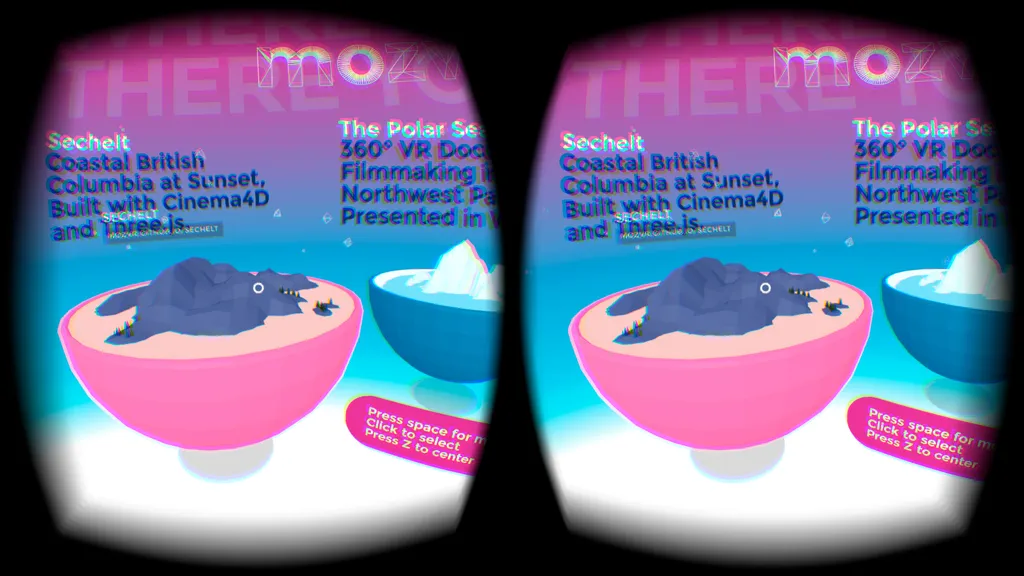The roll out for WebVR is going to be a long and complex process given the number of browsers and headsets involved, but another major piece of the puzzle should be arriving in a matter of months.
As reported by Road to VR, Google recently confirmed that the latest iteration of the framework, WebVR 1.1, is aiming to launch on the company’s Daydream mobile ecosystem very soon. Speaking at the W3C Workshop on Web & Virtual Reality last month, Megan Lindsay, WebVR Product Manager at Google stated that a beta version should launch in December 2016 followed by a stable launch in January 2017. During the beta phase, sites will need to request free access to the API.
“The API is still changing quite a bit, so this enables us to get feedback from developers before a stable release,” Lindsay explained.
WebVR allows users to view VR experiences on web pages rather than through native apps. In terms of YouTube, for example, to watch 360 videos with a Daydream you’d currently need to use the official app, but with WebVR integrated you’d be able to view content through the Chrome browser instead. Don’t expect to be playing full VR games or using apps like Tilt Brush in browsers any time soon, but we are inching towards a time that we can simply put on a headset and head to a specific website to quickly jump into content rather than downloading and then heading in and out of specific apps.
Elsewhere, Lindsay stated that support should come to Google Cardboard “soon”. This implies use with the regular Chrome app, as Cardboard apps are downloaded from Android’s Google Play Store. As for Chrome on desktops, Lindsay reiterated that support for both Rift and Vive is in the works.
“Beyond WebVR, we’re working on a version of Chrome that supports browsing in VR for regular 2D sites,” she added. “Timeline towards first half of 2017 for daydream, with later support for desktop.” AR was mentioned too, though Google isn’t “what this would entail yet.”
Representatives of other major companies were also at the session; Microsoft confirmed that WebVR is in development for its Edge browser and Oculus reiterated that it is working on its very own browser, codenamed Carmel, for Rift and Gear VR. We haven’t heard much on this front from Sony and PlayStation VR just yet, though it’s a question the company likely won’t leave unanswered for long.






























